What is lefse?
Whether you’re planning to visit Norway or are just interested in Norwegian culture and tradition, you’ll want to find out more about lefse. Lefse has a long-standing history as a traditional food in Norway, and it remains about as popular today as it was a hundred years ago. Let’s take a closer look at what this tasty, simple food is all about!

What is lefse?
Lefse is a soft Norwegian flatbread, made using traditional recipes and baking methods. Lefse is usually made with potatoes, flour, butter, and milk, cream, or lard. Traditionally, lefse is cooked on a flat griddle, with particular wooden utensils used in the process.
Lefse has its roots in Viking food traditions. Norwegian flatbread was the precursor to lefse, and Vikings commonly ate a version of this flatbread. They called it brauðiskr, which means “bread plate”. It was a simple type of flat, round bread made from flour, water and a bit of salt, and it was eaten with meat or fish on top.
Lefse is made using one of the oldest Norwegian baking traditions, but there’s a lot of variety in the recipes for lefse and how it is eaten. In fact, different towns and regions in Norway have their own recipes and traditions when it comes to lefse.
Lefse is a very flexible food that can be eaten in different ways depending on personal preference. Lefse can be sweet or savoury, made with wheat or potatoes This traditional food can be made with wheat or potatoes, and can be quite thin or thicker depending on the recipe and traditions in the local area.

How do you eat lefse?
There are many ways of eating lefse, and many different flavours can be added. A simple and humble food, lefse offers a great base for adding different ingredients and creating interesting flavour profiles.
Historically, lefse was often eaten with lutefisk, which is a traditional Nordic dish of dried cod. The fish would often be rolled up in the lefse. Norwegians would also often eat lefse rolled up with butter, with many also adding cinnamon and sugar. Many people would also add different types of jam, cheese or other ingredients to make their preferred lefse.
A lot of people eat lefse with savoury foods like ham, cheese, beef and much more, rolling it up as a wrap. It’s a quick and easy lunch that many people like to bring along in their “matpakke”, a typical Norwegian packed lunch.
For a lot of people, lefse functions as an alternative to bread and is often paired with savoury foods – but it can also be enjoyed as a sweet treat with coffee or brought along as a snack when going hiking or skiing.

Is lefse just a traditional food?
Lefse is a fantastic example of traditional Norwegian cooking that has its basis in historical baking techniques. Lefse is about as popular today as it was a hundred years ago and more. However, lefse isn’t just a traditional food – these days, lefse has been re-imagined in a lot of creative ways.
Professional chefs and regular foodies alike have experimented with adding new flavours to this traditional food, combining it with unexpected ingredients as a form of fusion cooking – or just because it tastes good. In fact, lefse can be used as a substitute for tortillas in enchiladas or tacos, or as a wrap with any ingredients you’d like inside
Lefse around the world
Lefse isn’t just eaten in Norway – far from it! Since many Norwegians emigrated to America and other countries in the 19th century, Norwegian cooking and culinary traditions have expanded across the world.
Many Americans have fond memories of the traditional lefse their parents or grandparents used to make, and recipes are passed down through families for generations. For many Americans, coming to Norway involves finally getting that taste of home that they remember from their childhoods in the form of lefse and other typical Norwegian foods. In the States, lefse is often eaten with butter, cinnamon, sugar or jam – but many families also prepare traditional Nordic dishes like lutefisk to eat with their lefse.
Though lefse is made from ancient recipes and often using very traditional cooking methods, it’s a food that remains very popular today. Foodies around the world are still finding new and creative ways of eating lefse, as well as enjoying it in more traditional ways too. On your next visit to Norway, we highly recommend trying out lefse in a few different varieties so you can really get a taste of lefse! If you’re interested in Norwegian culinary traditions, why not join a food tour in which you can sample some local food?
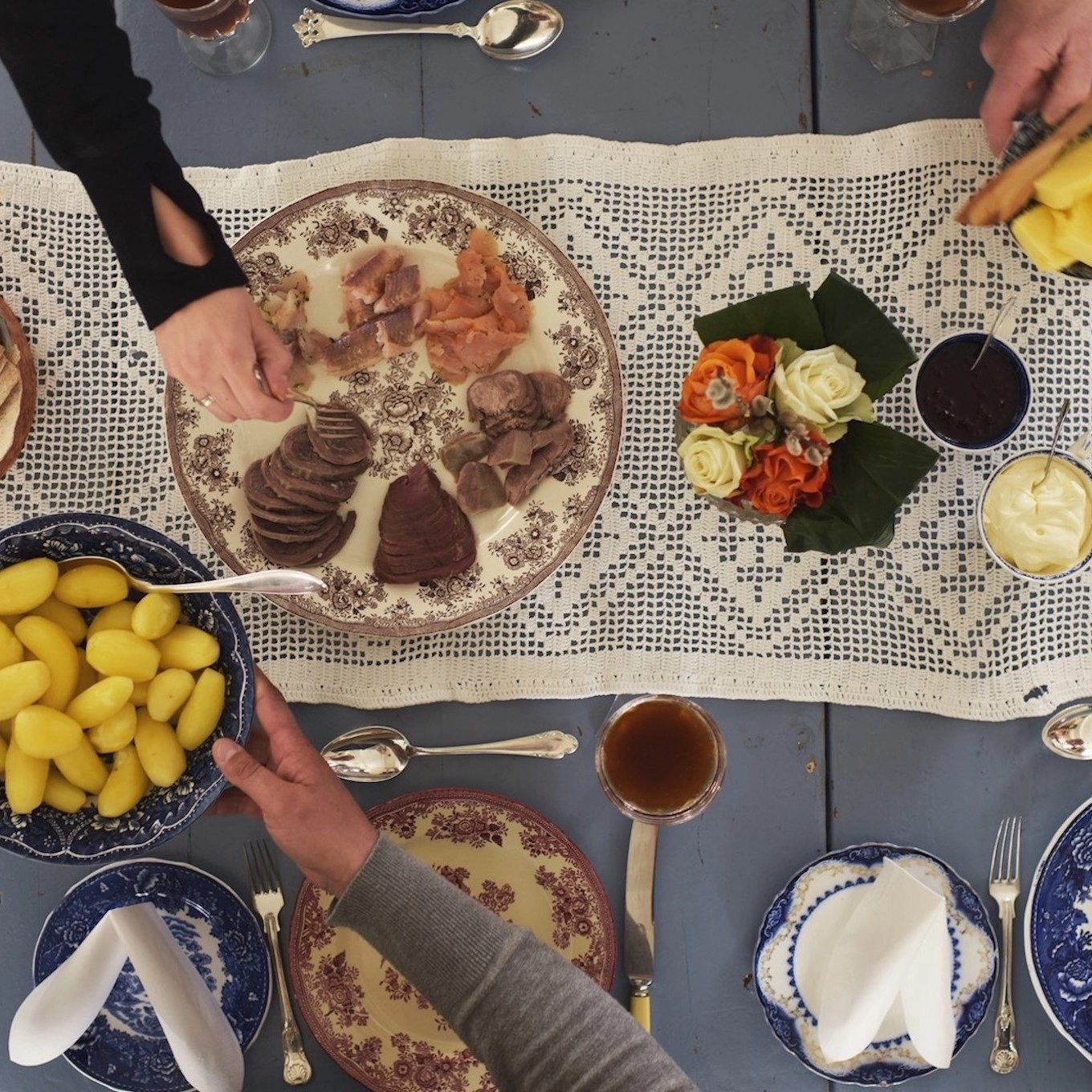
Norwegian food tours

Fjord cruise and dinner at Cornelius
Bergen • 5 hr
From 1495NOK
Available all year

Half-day kayak tour in Gudvangen
Gudvangen • 4 hr
From 1150NOK
Available 15 April - 30 September

Exclusive Experience
Local food tasting in Flåm
Flåm • 1 hr
From 550NOK
Available 15 May - 15 October
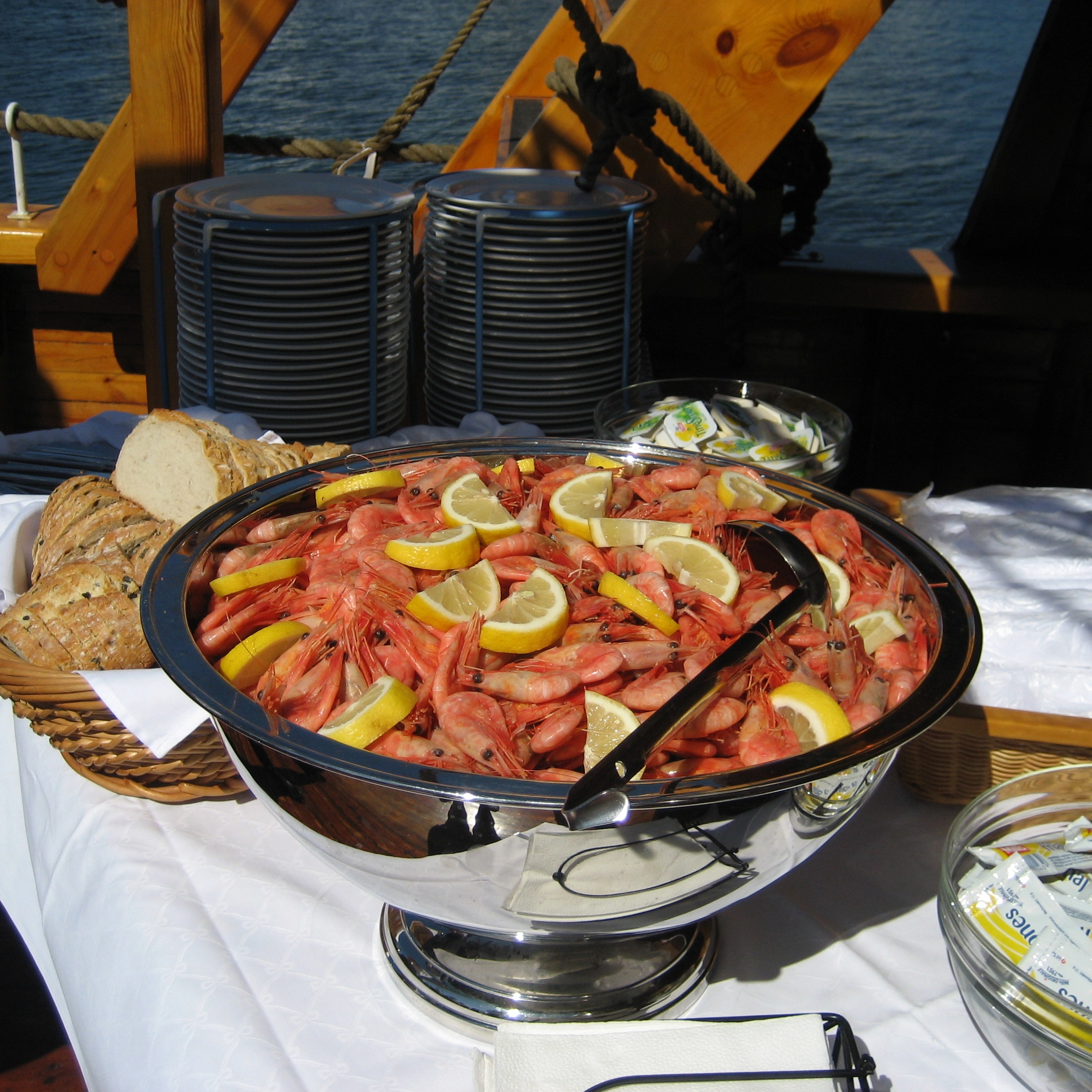
A Norwegian evening on the Oslofjord
Oslo • 3 hr
From 659NOK
Available 8 May - 5 October

Glamping at Trolltunga
Multiple locations • 1 day 4 hr
From 4750NOK
Available 1 May - 1 December

Best seller
Dinner cruise on the Oslofjord
Oslo • 2 hr 30 min
From 1290NOK
Available all year
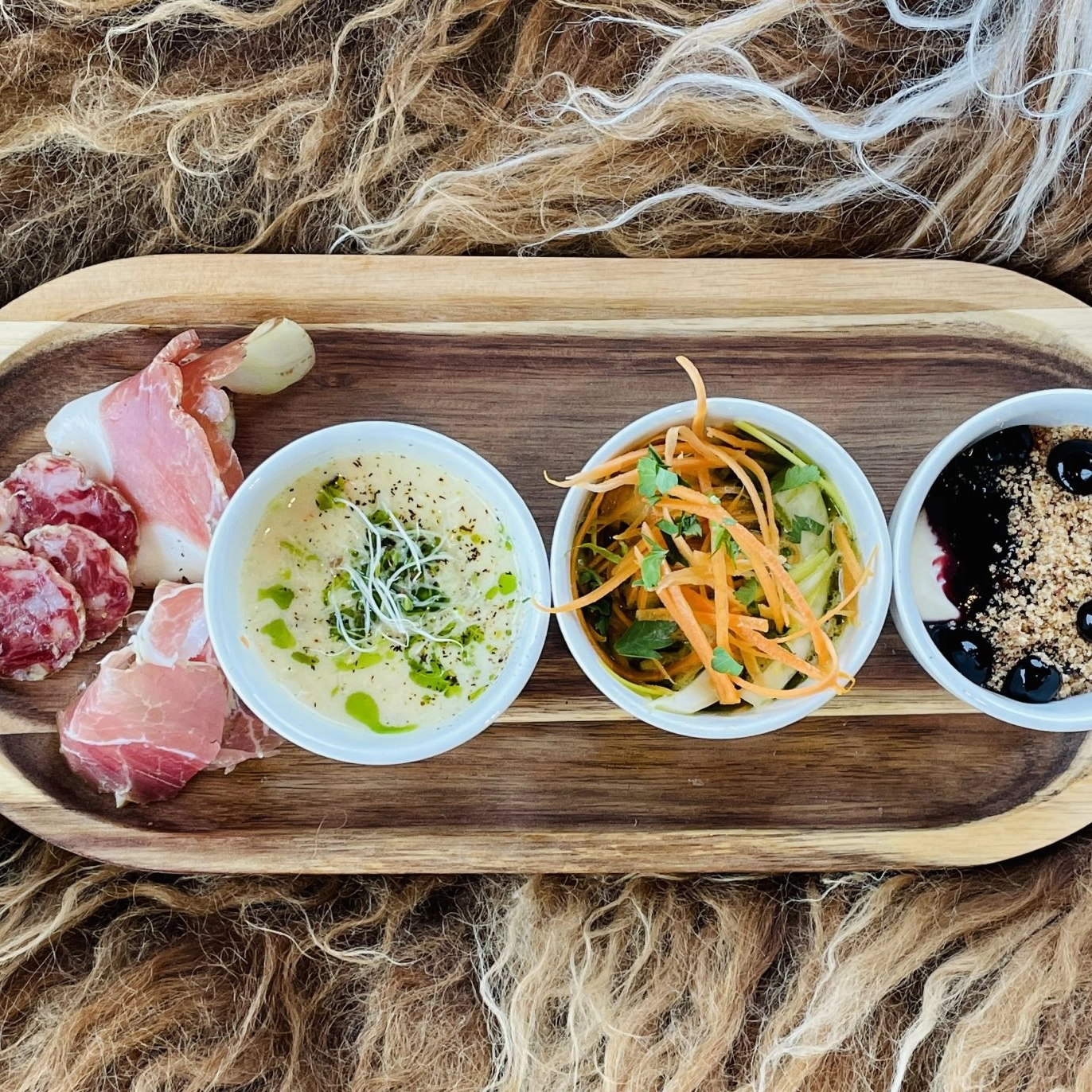
Ulriken Gondola & lunch with a view
Bergen • 2 hr 30 min
From 1099NOK
Available all year

Geirangerfjord winter cruise
Ålesund • 9 hr
From 2550NOK
Available 3 November - 30 March

Fjord cruise and dinner at Cornelius
Bergen • 5 hr
From 1495NOK
Available all year

Half-day kayak tour in Gudvangen
Gudvangen • 4 hr
From 1150NOK
Available 15 April - 30 September

Exclusive Experience
Local food tasting in Flåm
Flåm • 1 hr
From 550NOK
Available 15 May - 15 October

A Norwegian evening on the Oslofjord
Oslo • 3 hr
From 659NOK
Available 8 May - 5 October

Glamping at Trolltunga
Multiple locations • 1 day 4 hr
From 4750NOK
Available 1 May - 1 December

Best seller
Dinner cruise on the Oslofjord
Oslo • 2 hr 30 min
From 1290NOK
Available all year

Ulriken Gondola & lunch with a view
Bergen • 2 hr 30 min
From 1099NOK
Available all year

Geirangerfjord winter cruise
Ålesund • 9 hr
From 2550NOK
Available 3 November - 30 March
Articles about Norwegian food and cuisine
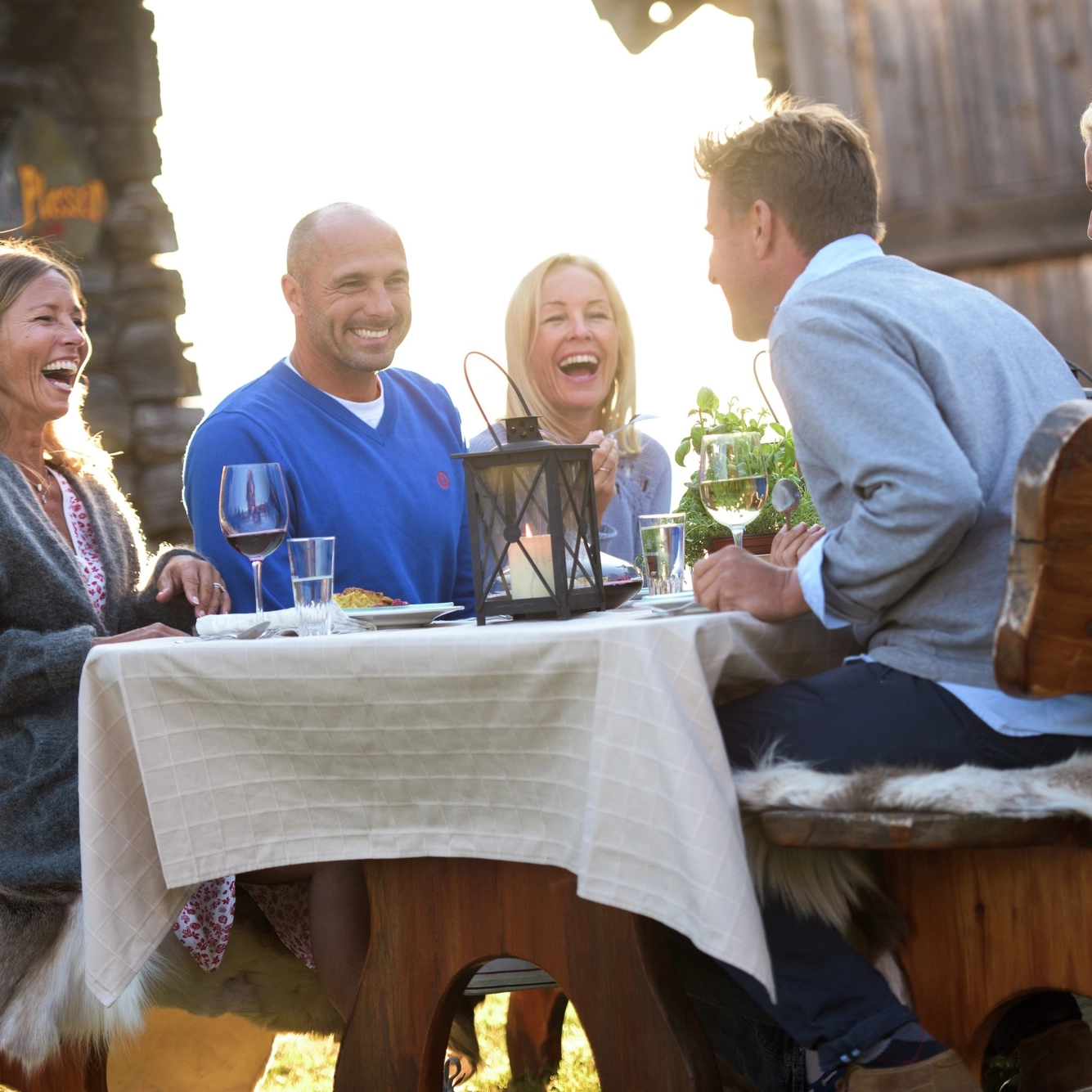
Traditional Norwegian food
Norway has a lot of interesting traditional food, and any travelers visiting Norway would do well to sample some of the local cuisines. Culinary traditions in Norway have been dominated by meat, fish, and seafood that could be hunted or caught. These days the Norwegian food space represents an interesting mix of old and new due to culinary influences from all over the world.
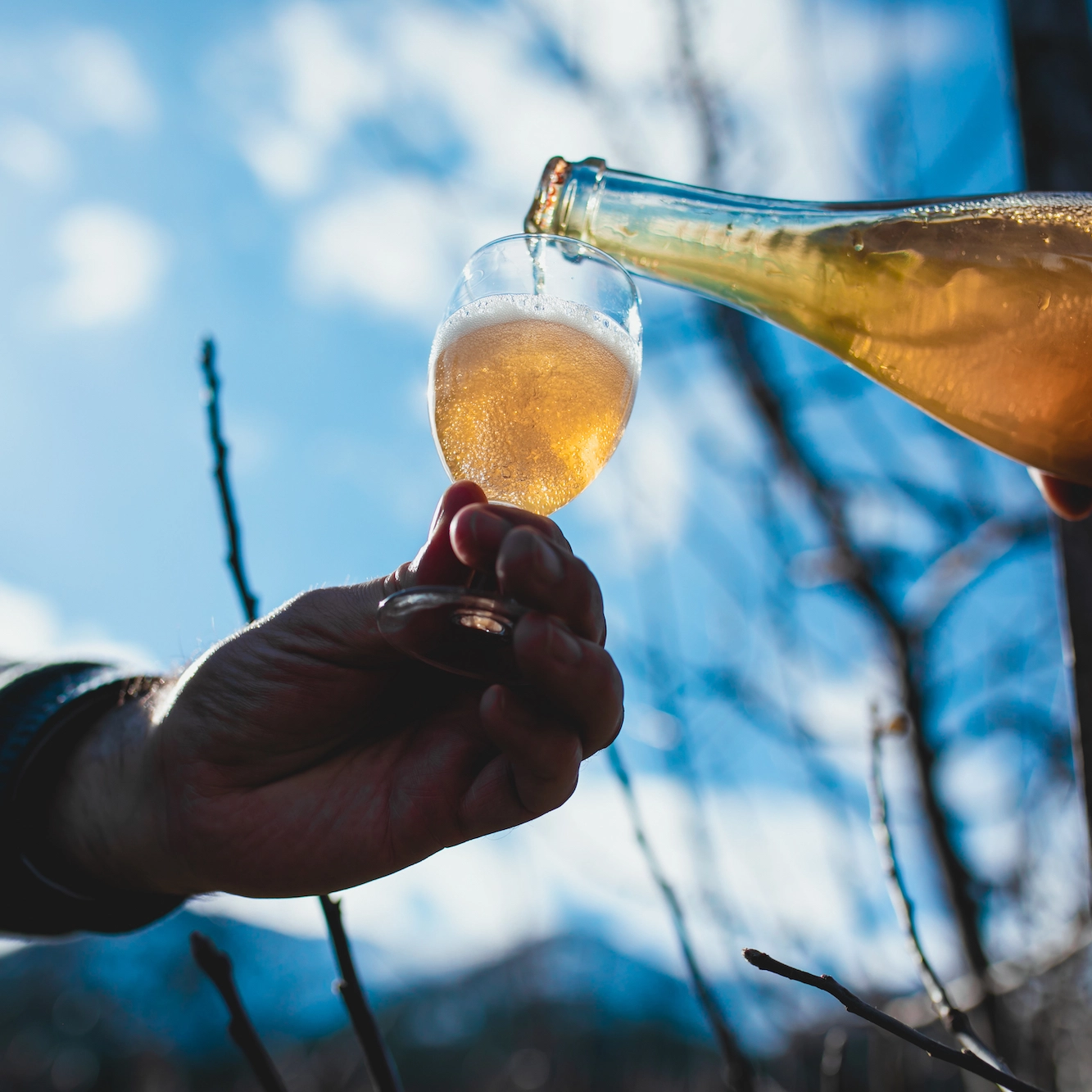
Norwegian cider’s rise in popularity
Cider brewing is a Norwegian custom that dates all the way back to the 13th century. However, once the Vinmonopolet or the Wine Monopoly came into effect, the practice largely died down. Despite this, Norwegians continued to brew cider in their homes and cellars. And now the drink is experiencing a surge in popularity yet again. If you’re a cider lover planning a visit to Norway, here’s everything you need to know!

Top 3 Norwegian recipes to try
If you are a foodie or even just a lover of barbecue, then you will definitely want to make sure that you take a trip to Norway to experience the incredible local cuisine in places like Bergen and Røros. To give you a small taste of the kind of culinary experience you will get in Norway, here are three top Norwegian recipes that you can easily make at home.
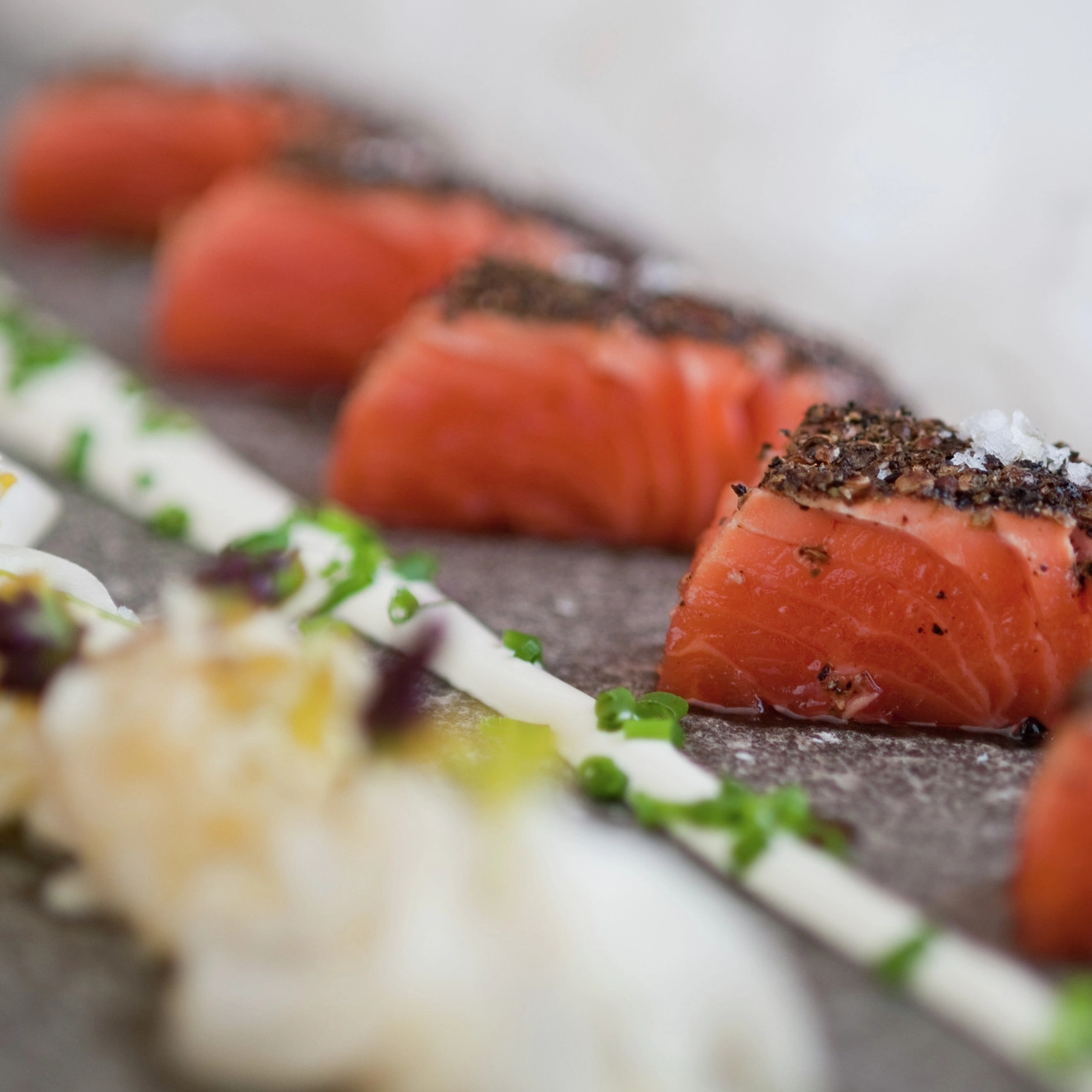
Sustainable eating trends
Norway is already publicly recognized by almost every foodie as being home to some of the tastiest cuisine options in the world, with some truly exquisite national recipes like lutefisk and pinnekjøtt originating in Nordic countries. But what you may not know is that Norway is also a leader in bio-farming and sustainable food production.

Here's what you'll experience at this record-setting underwater restaurant
There are a lot of fantastic things to experience on land in Norway, but there is a new exciting activity that takes you under the water. At the southern tip of Norway in Lindesnes, you can find the world's largest underwater restaurant.
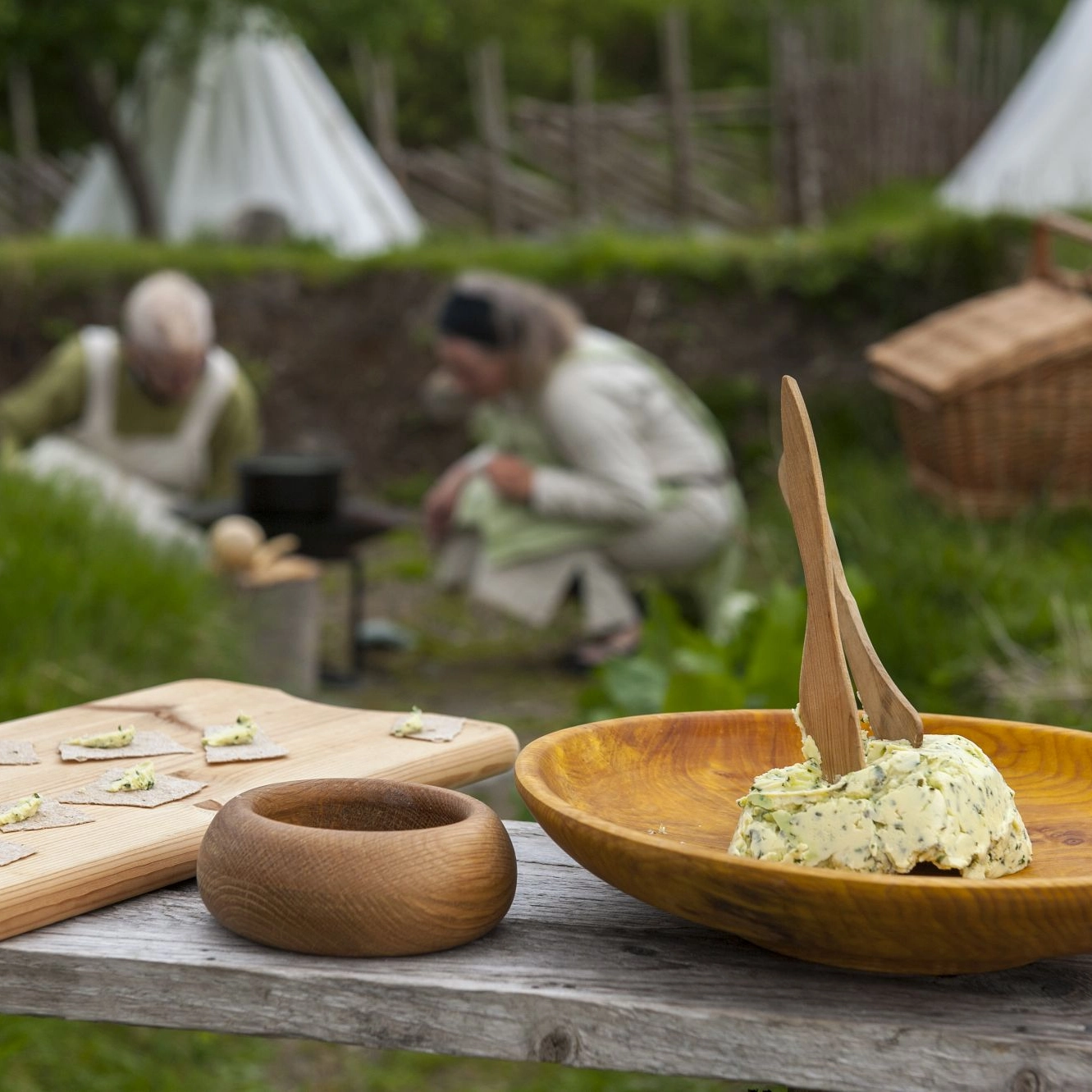
What did the average viking eat?
When your every-day activities include pillaging villages and exploring the impressive fjords in Norway, you are going to need a lot of energy to sustain yourself. This means eating some pretty astonishing meals in order to maintain proper health with such an active lifestyle.
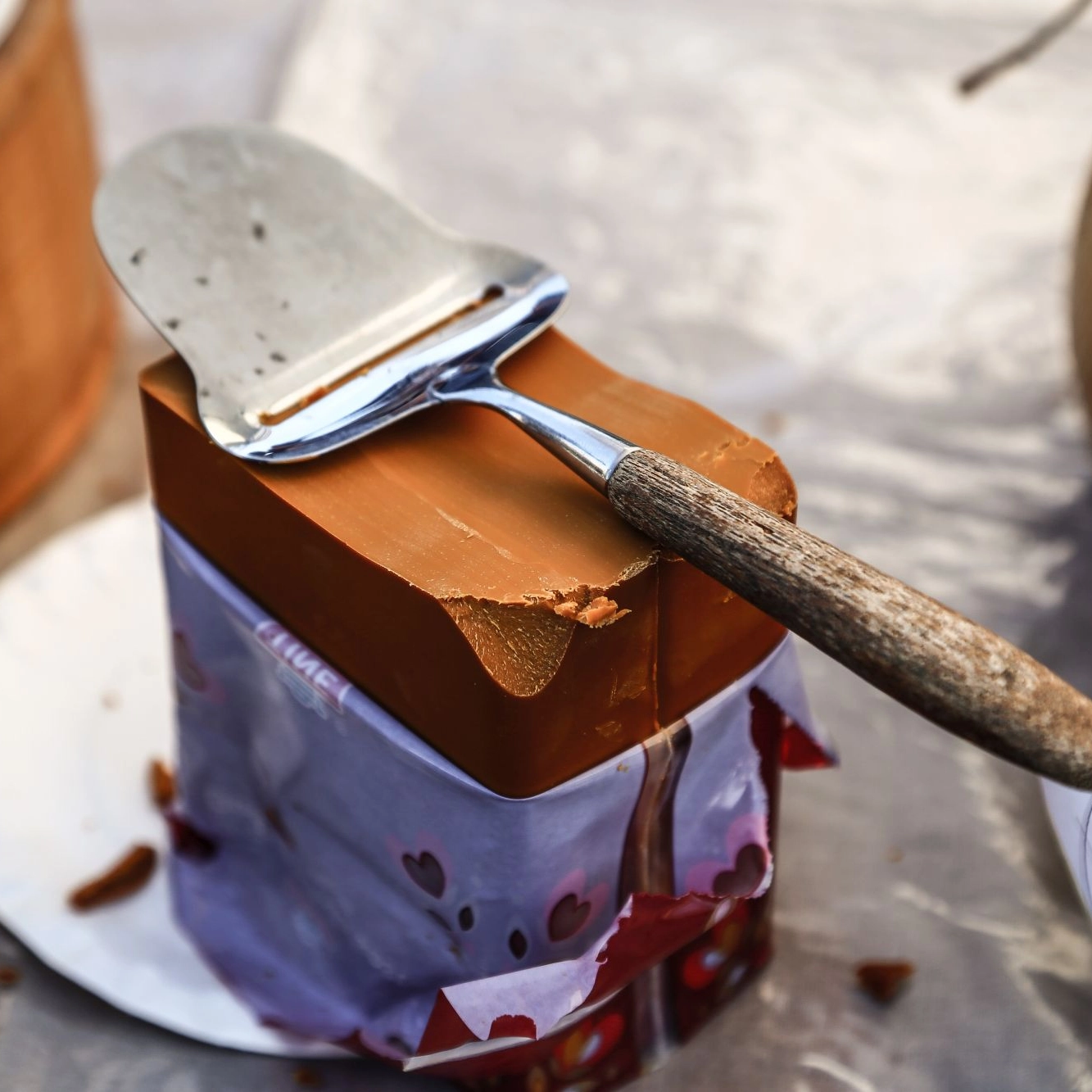
What do you eat with Brunost?
Every culture will have its own set of unique food items that either impress or disgust visitors when they try it upon visiting. Norway is no different and offers an assortment of delicious Norwegian food that is unlike anything that can be found anywhere else in the world. Some of the more common examples include lutefisk and pinnekjøtt.
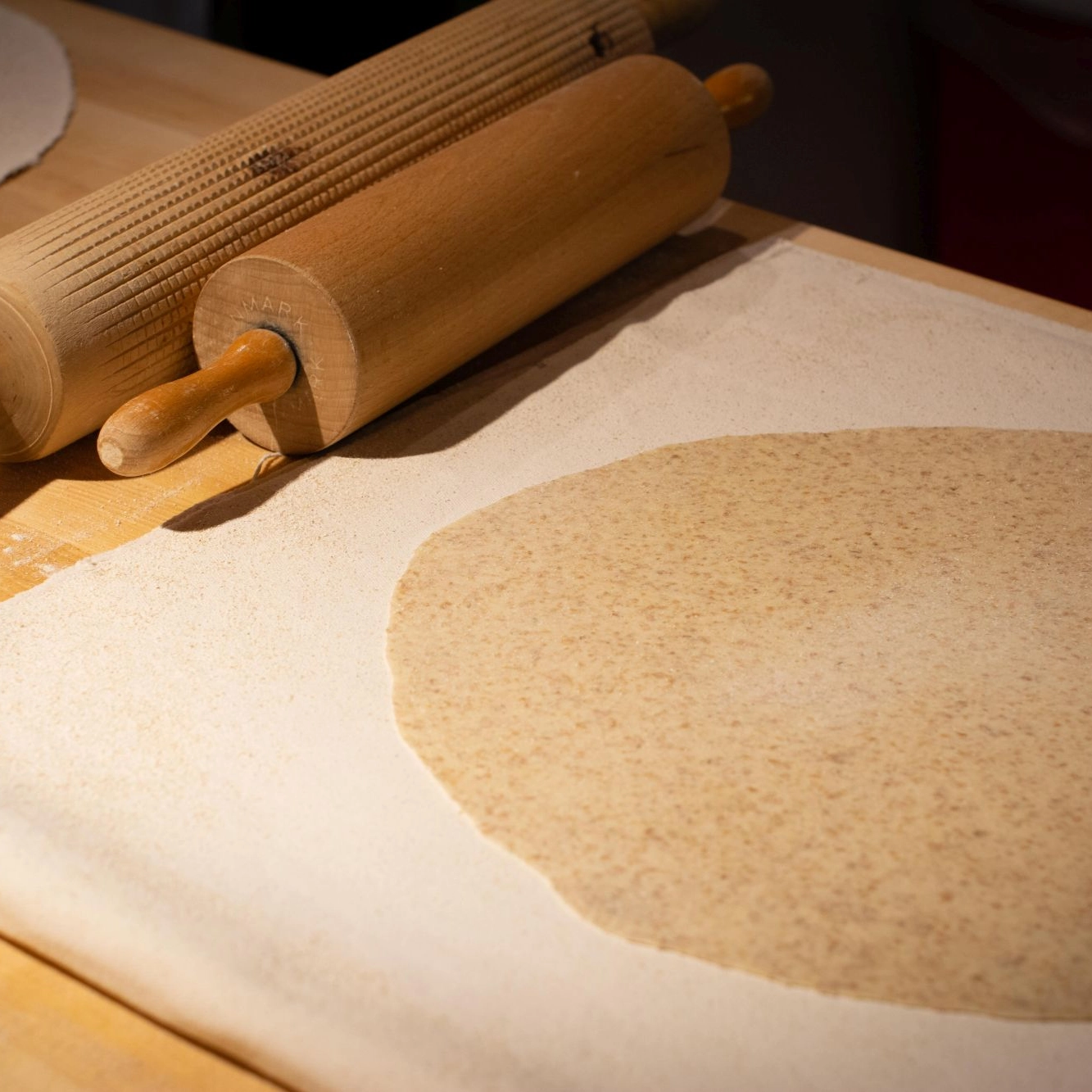
What is lefse?
Whether you’re planning to visit Norway or are just interested in Norwegian culture and tradition, you’ll want to find out more about lefse. Lefse has a long-standing history as a traditional food in Norway, and it remains about as popular today as it was a hundred years ago. Let’s take a closer look at what this tasty, simple food is all about!

Traditional Norwegian food
Norway has a lot of interesting traditional food, and any travelers visiting Norway would do well to sample some of the local cuisines. Culinary traditions in Norway have been dominated by meat, fish, and seafood that could be hunted or caught. These days the Norwegian food space represents an interesting mix of old and new due to culinary influences from all over the world.

Norwegian cider’s rise in popularity
Cider brewing is a Norwegian custom that dates all the way back to the 13th century. However, once the Vinmonopolet or the Wine Monopoly came into effect, the practice largely died down. Despite this, Norwegians continued to brew cider in their homes and cellars. And now the drink is experiencing a surge in popularity yet again. If you’re a cider lover planning a visit to Norway, here’s everything you need to know!

Top 3 Norwegian recipes to try
If you are a foodie or even just a lover of barbecue, then you will definitely want to make sure that you take a trip to Norway to experience the incredible local cuisine in places like Bergen and Røros. To give you a small taste of the kind of culinary experience you will get in Norway, here are three top Norwegian recipes that you can easily make at home.

Sustainable eating trends
Norway is already publicly recognized by almost every foodie as being home to some of the tastiest cuisine options in the world, with some truly exquisite national recipes like lutefisk and pinnekjøtt originating in Nordic countries. But what you may not know is that Norway is also a leader in bio-farming and sustainable food production.

Here's what you'll experience at this record-setting underwater restaurant
There are a lot of fantastic things to experience on land in Norway, but there is a new exciting activity that takes you under the water. At the southern tip of Norway in Lindesnes, you can find the world's largest underwater restaurant.

What did the average viking eat?
When your every-day activities include pillaging villages and exploring the impressive fjords in Norway, you are going to need a lot of energy to sustain yourself. This means eating some pretty astonishing meals in order to maintain proper health with such an active lifestyle.

What do you eat with Brunost?
Every culture will have its own set of unique food items that either impress or disgust visitors when they try it upon visiting. Norway is no different and offers an assortment of delicious Norwegian food that is unlike anything that can be found anywhere else in the world. Some of the more common examples include lutefisk and pinnekjøtt.

What is lefse?
Whether you’re planning to visit Norway or are just interested in Norwegian culture and tradition, you’ll want to find out more about lefse. Lefse has a long-standing history as a traditional food in Norway, and it remains about as popular today as it was a hundred years ago. Let’s take a closer look at what this tasty, simple food is all about!